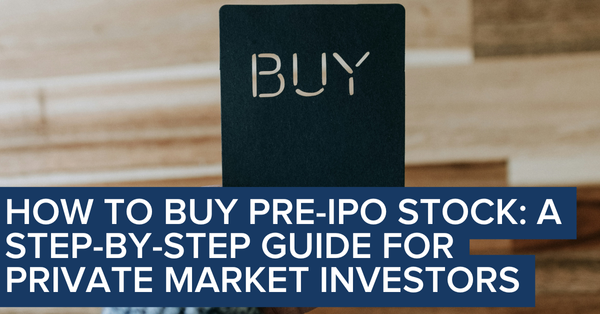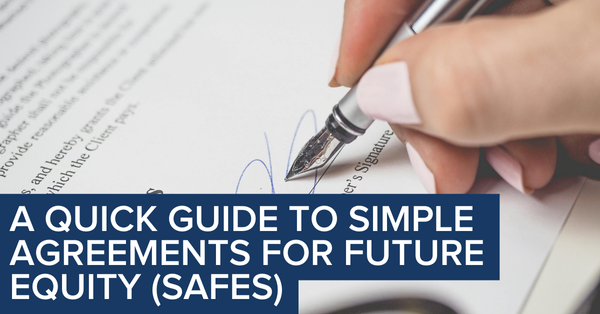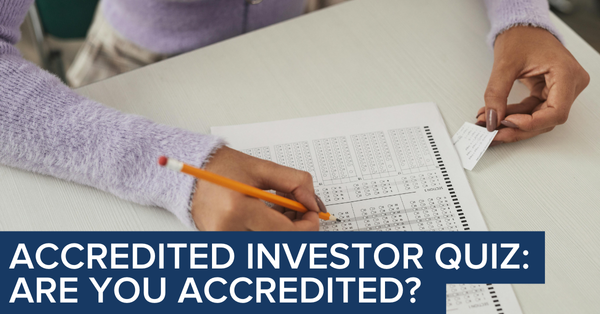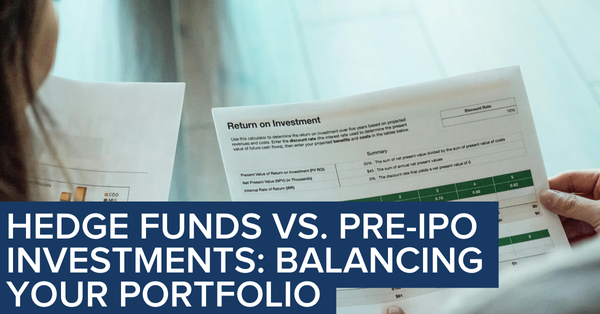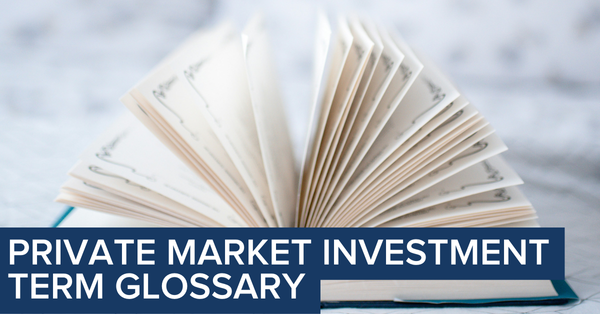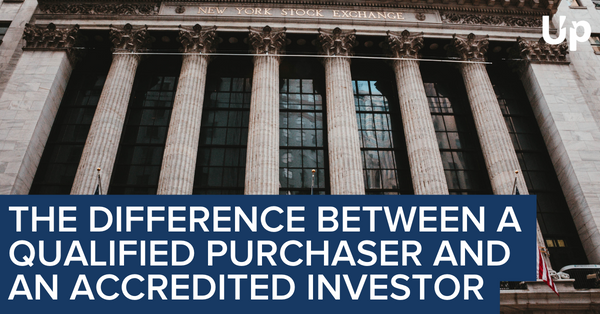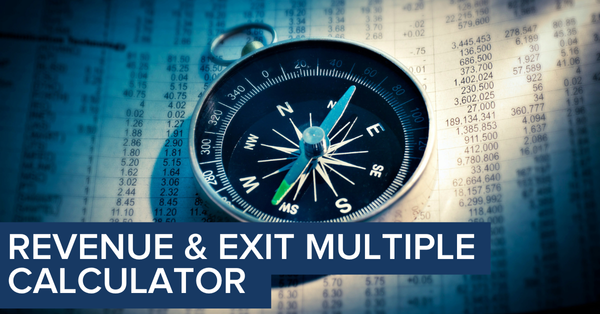What If You Had Invested $10,000 in SpaceX’s Series A in 2002? A 23-Year Investment Journey
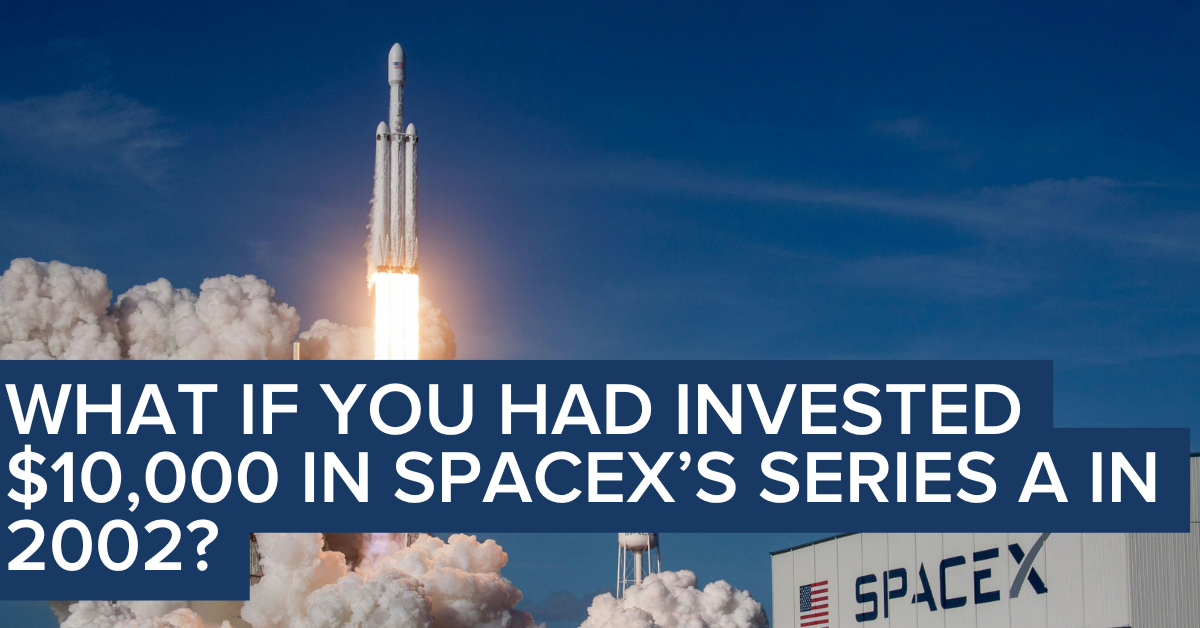
Introduction
In December 2002, Elon Musk founded SpaceX with an ambitious vision: revolutionizing space travel and ultimately colonizing Mars. At that time, the notion of a private company succeeding in space exploration was met with widespread skepticism.
Fast forward to December 2024, and SpaceX reached a staggering valuation of $350 billion following a publicly announced tender offering. That made SpaceX one of the most valuable private companies in the world.
In this article, we explore the hypothetical of investing $10,000 into SpaceX’s Series A round in December 2002, and what that investment would be worth by June 2025—approximately $129 million, reflecting an extraordinary 12,915x return, and an annualized return of around 52.4%.*
*Please note that there are assumptions baked into this calculation, including no dilution (unlikely). Please see below for those assumptions.

While these returns are exceptional, as we explain further below, such an investment would have been extremely risky and uncertain in 2002. Any investor expecting similar returns for SpaceX going forward or any other pre-IPO investment is likely to be disappointed, given how unique an opportunity SpaceX was in 2002 and how many obstacles they overcame along the way.
Scroll down to see detailed calculations, assumptions, and a comparison with the S&P 500 during the same period.
The Unlikely Bet – Investing in SpaceX in 2002
In December 2002, SpaceX raised $12.1 million in its Series A funding round at a modest post-money valuation of $27.1 million.
At that time, space exploration was dominated by government agencies like NASA, and the idea of a private enterprise launching rockets into space was generally considered absurd. Early SpaceX launches ended in spectacular failures, and critics frequently questioned Elon Musk's ambitious dreams. However, Musk persisted, eventually achieving a groundbreaking success in 2008 when SpaceX’s Falcon 1 became the first privately funded rocket to reach orbit.

Don’t believe how unlikely a bet it was at the time? Then listen to Musk himself talking about the great challenges SpaceX faced early on:
“In the beginning, we knew nothing about rockets, and our first three Falcon 1 missions failed, nearly bankrupting us. We barely survived with the fourth launch—if it had failed, the company would have collapsed.
I wasn’t a great chief engineer early on, but I learned over time, and now our vehicles are reliable enough to take astronauts to Mars. Our long-term goal is to take anyone who wants to go to Mars and build a self-sustaining civilization there, making life multiplanetary.”
-Elon Musk, on Fox News March 18, 2025.
Elon Musk: When we started SpaceX, we knew nothing about rockets.
— ELON CLIPS (@ElonClipsX) May 23, 2025
“In the beginning, we knew nothing about rockets, and our first three Falcon 1 missions failed, nearly bankrupting us. We barely survived with the fourth launch—if it had failed, the company would have collapsed.… pic.twitter.com/Z3k6WMPJvH
With that investment reality in mind, let’s look at the potential returns for an early SpaceX Investor.
Calculating the Current Value of the Investment
- Initial Investment: $10,000
- Series A Post-Money Valuation (2002): $27.1 million
- Estimated Percentage Acquired: $10,000 / $27,100,000 ≈ 0.0369%
- SpaceX Valuation as of December 2024: $350 billion
- Current Investment Value (June 2025): 0.0369% of $350 billion ≈ $129,150,000
Key Return Metrics
- Total Return: 1,291,400%
- Multiple on Invested Capital (MOIC): 12,915x
- Compound Annual Growth Rate (CAGR):
- CAGR = ($129,150,000 / $10,000)^(1 / 23) - 1 ≈ 52.4%
- Internal Rate of Return (IRR): Approximately 52.4% over 23 years
Important Assumptions & Notes:
- These calculations assume no dilution from subsequent funding rounds, which is unlikely.
- They do not account for potential differences in share classes or investor payout preferences.
- They assume full liquidity at the stated valuation, though SpaceX remains privately held. While SpaceX is one of the most liquid privately traded companies, selling $129m in shares at once could impair your exit price.
- The calculations do not account for taxes, potential management, carry, or access fees, transaction costs, or other investment expenses.
- These calculations also assume that the investor held the entirety of their investment for 23+ years, which is also unlikely given the ups and downs SpaceX has had over the years.
Comparison to the S&P 500
For context, let’s consider how a similar $10,000 investment in the S&P 500 would have performed over the same 23-year period (December 2002 to June 2025):
- Nominal Price Return: 496.05%
- Annualized: 8.32%
- Investment Grew To: $59,604.50
- Nominal Total Return (with dividends reinvested): 803.75%
- Annualized: 10.36%
- Investment Grew To: $90,375.44
While the S&P 500 provided strong, consistent returns and high liquidity, it pales in comparison to the exponential growth achieved by investing in a groundbreaking company like SpaceX.
However, the risk profiles of these investments are drastically different: the S&P 500 offers stable diversification, whereas an early-stage investment like SpaceX carries the risk of total loss along with the upside.
In this case, with the benefit of hindsight, SpaceX absolutely trounced the performance of the S&P500; however, those returns came with much more volatility and uncertainty, as Musk highlighted in his quote above.
Risk and Reality Check
Investing in startups involves considerable risk. Early investors in SpaceX faced substantial uncertainty, near-bankruptcy events, and technical challenges. In contrast, investing in the S&P 500 offered relative safety, liquidity, and diversified exposure. It’s worth noting that the spectacular returns demonstrated here for SpaceX are exceptional and not representative of typical outcomes in private investing.

Conclusion
A hypothetical $10,000 investment in SpaceX’s Series A round in 2002 would have grown to approximately $129 million by June 2025, generating an IRR of roughly 52.4%.
By comparison, the same investment in the S&P 500 with dividends reinvested would have yielded approximately $90,375.44, reflecting an annualized return of 10.36%.
This stark contrast highlights both the extraordinary potential rewards and the significant risks of early-stage investing in transformative companies.
If you are an accredited investor looking to invest in private companies, consider signing up at UpMarket.co to get notified of our newest offerings in innovative companies like SpaceX.
The information contained in this article is not investment advice; and does not constitute a recommendation to buy or sell any securities. The information within this article is meant for informational purposes only. Any statement in this document does not mean that the firm nor its employees agrees, endorses or approves any content of the document.
This article is only for knowledge sharing and does not constitute any investment advice. Anyone who makes an investment decision based on this article does so at their own risk. Any fund investment should be made through a formal confidential private placement memorandum and other fund documents. Potential investors should carefully read the risk factors in the private placement memorandum of securities issuance, and consult their own professional consultants if necessary, and receive advice on any investment, legal, tax or accounting issues. Past performance is not indicative of future performance, and the investment may potentially result in a loss of principal. The source and data of the material are considered to be reliable. However, there is no guarantee of its accuracy or completeness. The Company has no obligation to disclose or revise or modify this statement or any forward-looking statements as the circumstances change or as a result of subsequent events. Private equity funds are only suitable for specific qualified investors to subscribe. United States sales of the fund interests are exempt under Regulation D of the U.S. Securities Act of 1933, and are only applicable to potential investors who are eligible as "Qualified Investors" under Regulation D. Sales outside the United States are exempt under Regulation S of the U.S. Securities Act of 1933. Private equity funds are sold through Upmarket Securities LLC. Upmarket Securities LLC is a U.S. registered broker-dealer, and member of FINRA.
About UpMarket
UpMarket's mission is to unlock the private markets for individual investors.
We provide access to a range of asset classes and investment strategies that span private equity, hedge funds, crypto, real estate, and other alternative assets.
The problem
- A large barrier to entry due to high investment minimums
- Time-intensive because sourcing deals is a lot of work even if you’ve got a great network, and
- Costly because of investment-related diligence costs, paperwork, and legal fees
The solution
- Offering lower investment minimums
- Sourcing and conducting diligence on opportunities for investors, empowering them to pick and choose from pre-screened opportunities
- Making the investment process entirely digital, straightforward, and easy to manage from a single portal

